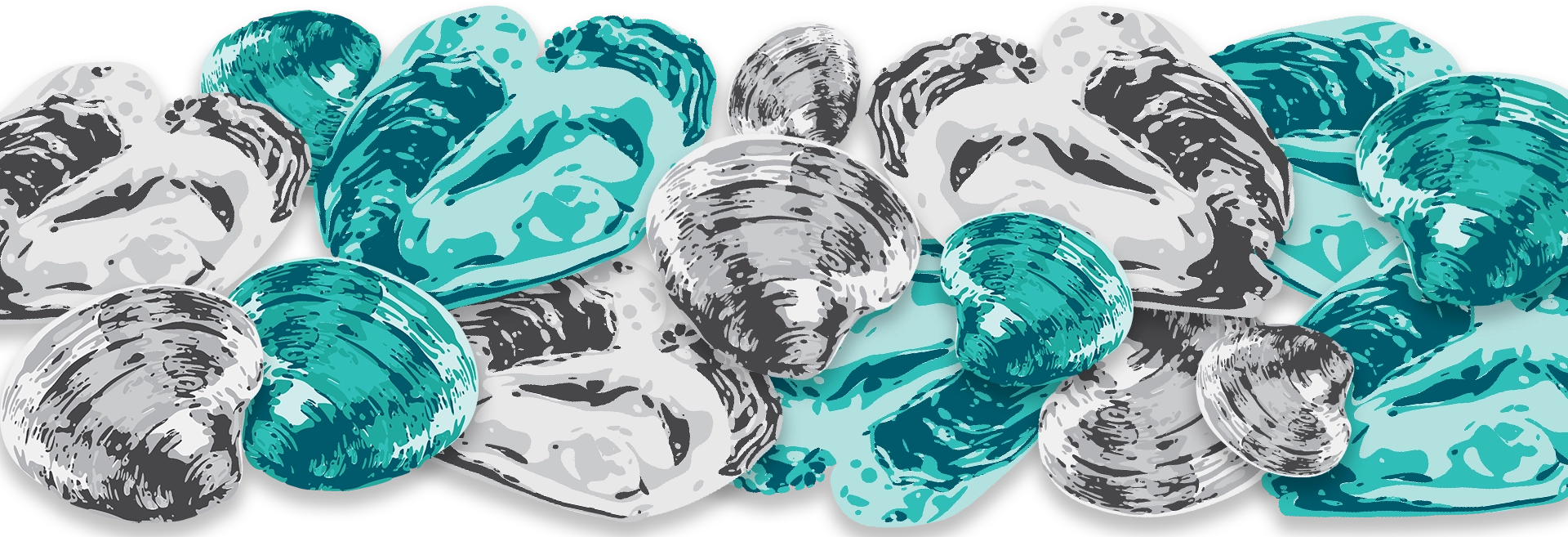1
Recipe Blog: Create a blog on your website featuring unique and delicious recipes using shellfish. Include attractive images and step-by-step instructions.
Video Content: Produce cooking videos, recipe tutorials, and behind-the-scenes videos of your seafood sourcing process. Share these on YouTube and social media platforms.
Infographics: Share infographics about different shellfish varieties, their nutritional value, and cooking tips on social media platforms like Pinterest and Instagram.
2
Visual Platforms: Utilize Instagram and Pinterest for visually appealing images of your shellfish products.
Facebook and Twitter: Share industry news, cooking tips, and engage with your audience. Host polls, contests, and giveaways to increase engagement.
Live Sessions: Host live cooking sessions or Q&A sessions on platforms like Instagram and Facebook to directly engage with your audience.
3
Keyword Optimization: Use keywords related to shellfish, seafood recipes, and your location in your website content.
Local SEO: Optimize your website for local searches, especially if you offer regional shellfish varieties. Register your business on Google My Business.
4
Newsletter: Collect email addresses through your website and send out regular newsletters featuring promotions, new products, and recipes.
Personalization: Personalize your emails based on customer preferences and purchase history to enhance customer engagement.
5
Food Bloggers/Influencers: Partner with food bloggers and influencers who specialize in seafood or cooking. They can review your products or create content featuring your shellfish.
Local Restaurants: Partner with local restaurants to supply them with fresh shellfish. This can lead to cross-promotion opportunities.
6
Encourage Reviews: Encourage satisfied customers to leave reviews on your website, Google, and other review platforms.
User-Generated Content: Request customers to share photos and recipes using your shellfish on social media. Repost this content on your profiles.
7
Prompt Responses: Respond promptly to customer inquiries and feedback, whether it’s through email, social media, or your website.
Feedback Loop: Use customer feedback to improve your products and services continually.
8
Mobile-Friendly Website: Ensure your website is mobile-friendly as many users browse and make purchases from smartphones and tablets.
9
Loyalty Points: Implement a loyalty program where customers earn points for every purchase, which they can redeem for discounts or free products.
Promotional Discounts: Offer limited-time discounts and promotions, especially during holidays and special occasions.
10
Attractive Packaging: Invest in attractive and eco-friendly packaging. Aesthetically pleasing packaging adds value to the customer experience.
Branding: Develop a memorable brand identity, including a logo and tagline, which reflects the freshness and quality of your shellfish.
11
Educational Content: Create guides and articles on how to select, store, and cook shellfish. Position your business as an authority in the seafood industry.
12
Data Analysis: Use website analytics and social media insights to understand customer behavior. Adjust your marketing strategies based on this data.
A/B Testing: Experiment with different marketing approaches (e.g., email headlines, social media content) to determine what works best for your audience.
Remember, consistency is key in online marketing. Continuously monitor what works best for your audience and adapt your strategies accordingly.
